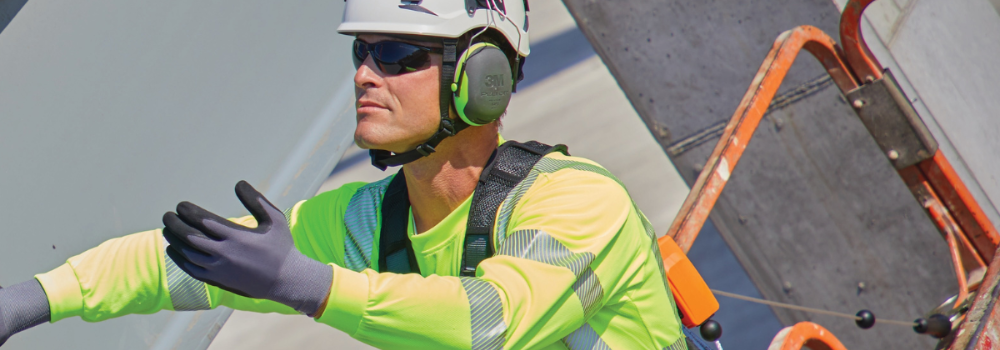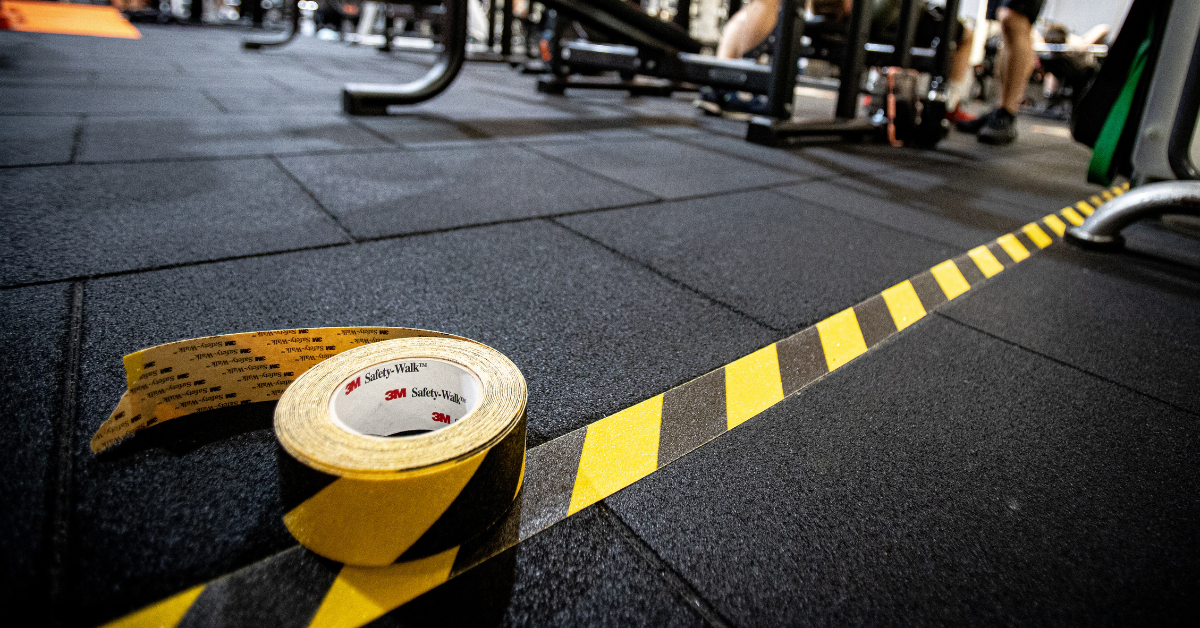How personal self-retracting lifelines help prevent falls
The latest SafeWork Australia statistics show that falling from heights is one of the biggest contributors to workplace deaths, second only to...
Fit testing of tight-fitting respirators is essential, yet managing the process can be a challenge. Workers need to be fit tested before they first wear a tight-fitting respirator. The fit tests need to be collected and stored. Annual testing is recommended to ensure the ongoing fit of the respirator is being maintained.
After all, things change. Workers gain and lose weight. They may have dental work done or undergo facial surgery. A new size or model of respirator might be specified. 3M offers fit testing solutions to help make Qualitative fit testing easier.
Loose fitting head tops connected to a PAPR unit or supplied air regulator don’t require fit tests. However, for any worker wearing a tight-fitting facepiece (negative and positive pressure), compliance with AS/NZS 1715:2009 and the AS/NZS ISO 16975.3:2023 respiratory fit testing standards is required. The respiratory fit testing standards apply to disposable respirators and to half and full-face respirators, including those that are part of a powered or air-fed respirator system.
Respirators are tested as a system. Mixing respirator brands and parts that have not been tested together may result in non-compliance with the applicable standards and may compromise worker safety. Fit testers need to be competent in the fit-testing process, including knowing how to guide workers through the test, recognising invalid tests and maintaining testing equipment.
In Australia, RESP-FIT offers a fit testing training and accreditation program to improve and assess the competency of fit testers against the applicable standards. The main test types are:
.png?width=1000&height=350&name=Untitled%20design%20(13).png)
Poorly fitting respirators may not provide complete protection. Uncomfortable respirators may be taken off or adjusted, breaking the face seal and exposing the wearer to hazards. The 3M™ Wear it Right App, used in conjunction with 3M™ Fit Test Kits, helps employers get the fit-testing process right.
It supports multiple types of fit testing and is versatile, allowing users to perform tests on disposable and half-face reusable respirators. However, it’s not suitable for testing of full-face respirators. Preloaded with OSHA and ISO QLFT-ATT protocols, the app is designed to suit varying levels of expertise. Users can choose between two operating modes - one offering comprehensive step-by-step prompts for beginners and another for experienced testers who don’t need as much direction.
Step-by-step guidance ensures adherence to standardised testing procedures, supporting accurate and consistent results across the fit testing program. Leaving behind manual data collection, the app acts as a digital record-keeping system, allowing users to input wearer information and export digital test results for storage.
.png?width=1000&height=350&name=Untitled%20design%20(12).png)
Mark Reggers, Certified Occupational Hygienist at 3M’s Personal Safety Division, puts it simply:
“It makes the fit testing process easier, helping to reduce errors and maintain compliance,” he says. “Our goal is to help every Australian industrial worker to achieve full respiratory protection, and every employer to have confidence in their fit testing program.”
Blackwoods is proud to offer 3M as part of our commitment to keeping Australian workers safe. As the country’s largest provider of industrial and safety equipment, we’ve got everything you need to protect your team. Talk to your local Blackwoods Technical Safety Specialist to learn more about Talk to your local Blackwoods technical safety specialist about 3M fit test solutions. Download the app from the App Store or Google Play.

The latest SafeWork Australia statistics show that falling from heights is one of the biggest contributors to workplace deaths, second only to...
.png)
Manufacturing processes such as welding, drilling and machining make effective respiratory protection essential. Yet despite the risks of particles,...

Workplace slips, trips and falls can happen in any type of industry, from retail and healthcare to manufacturing and construction.